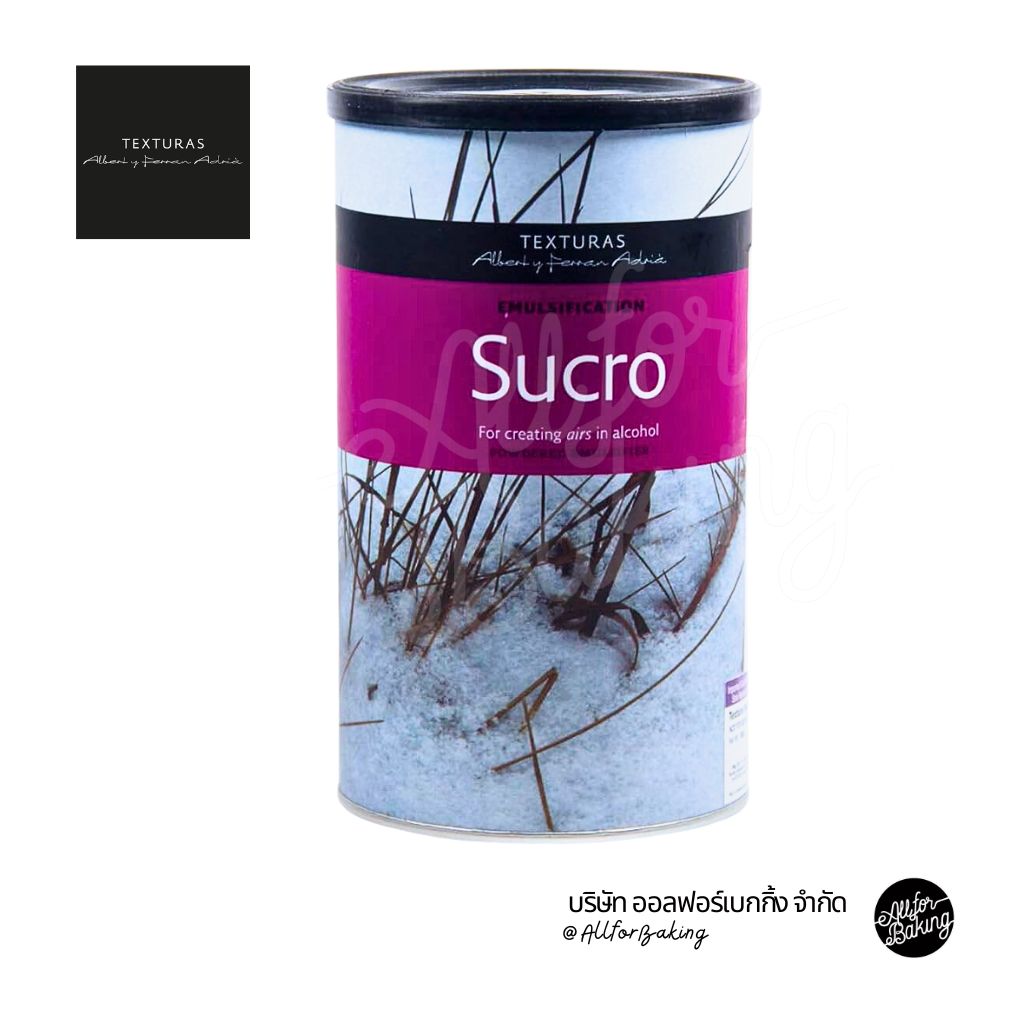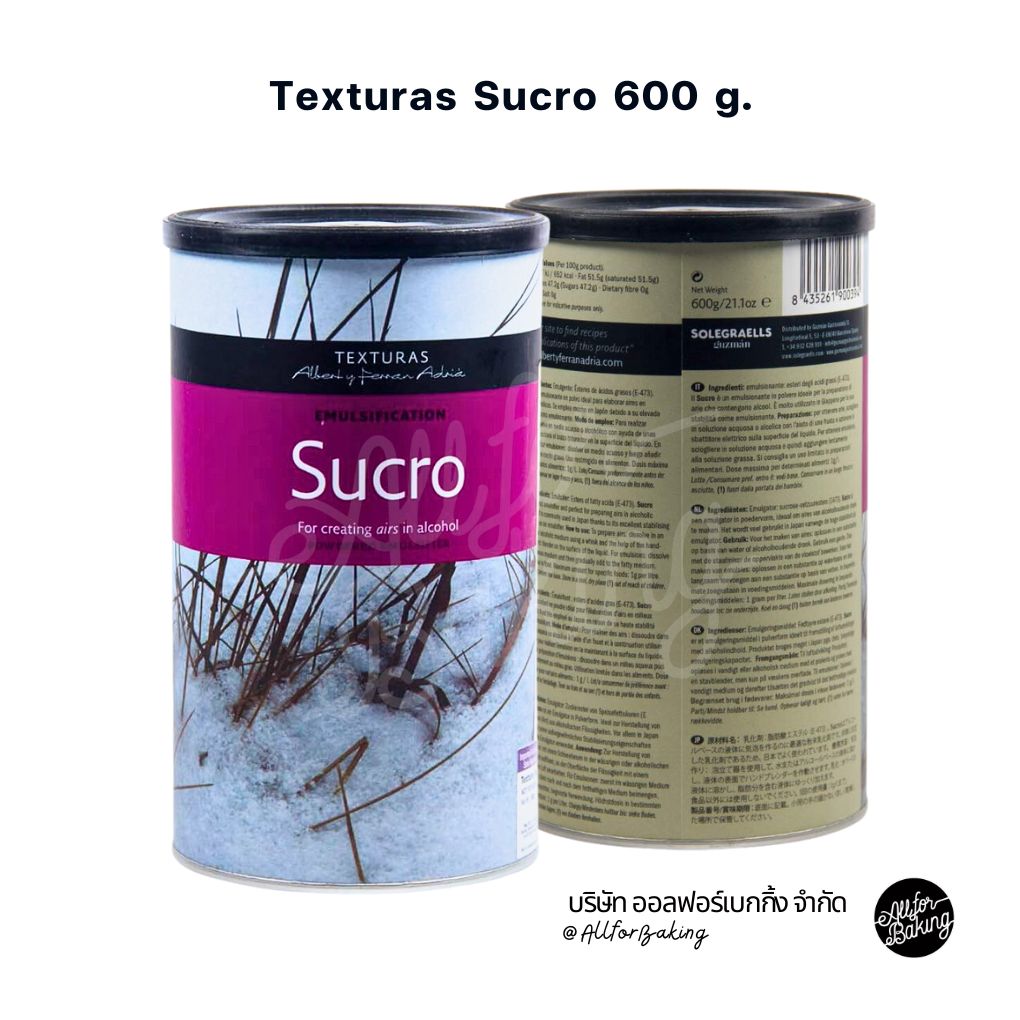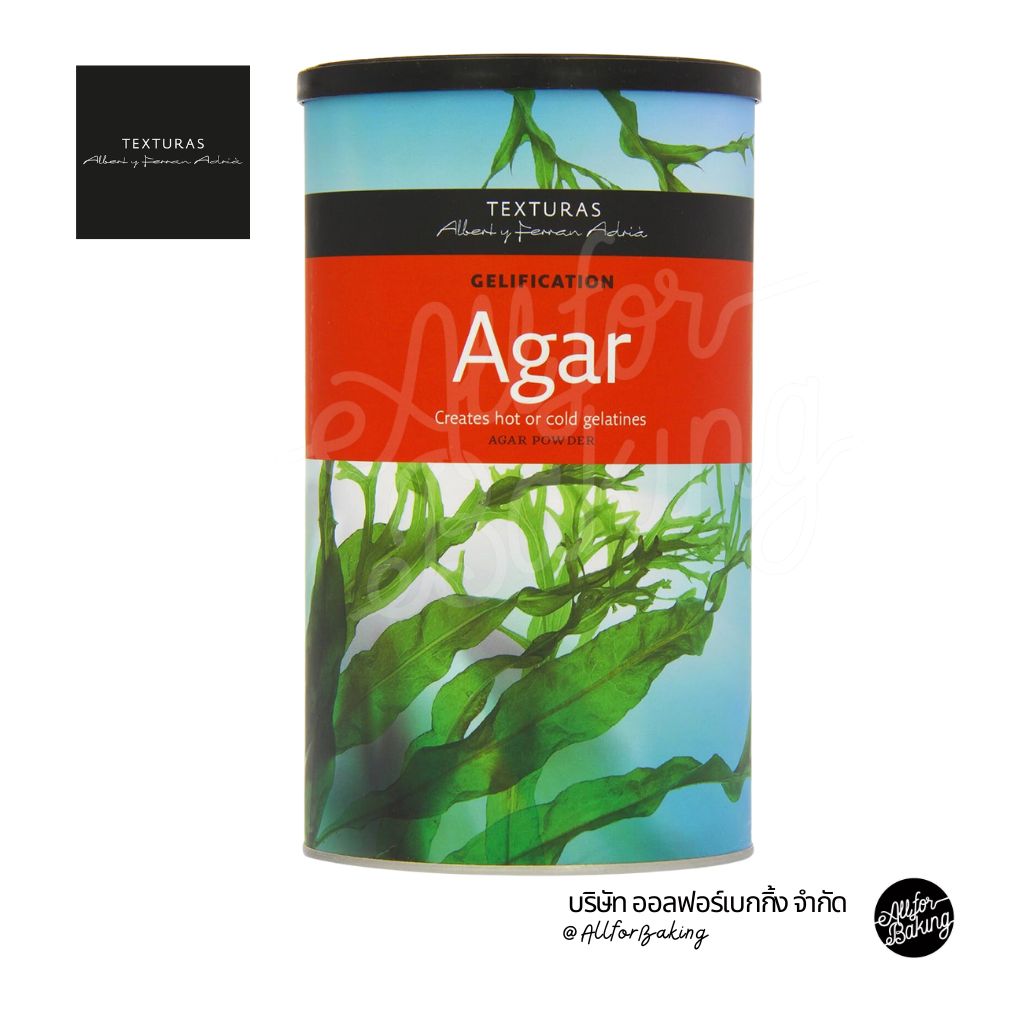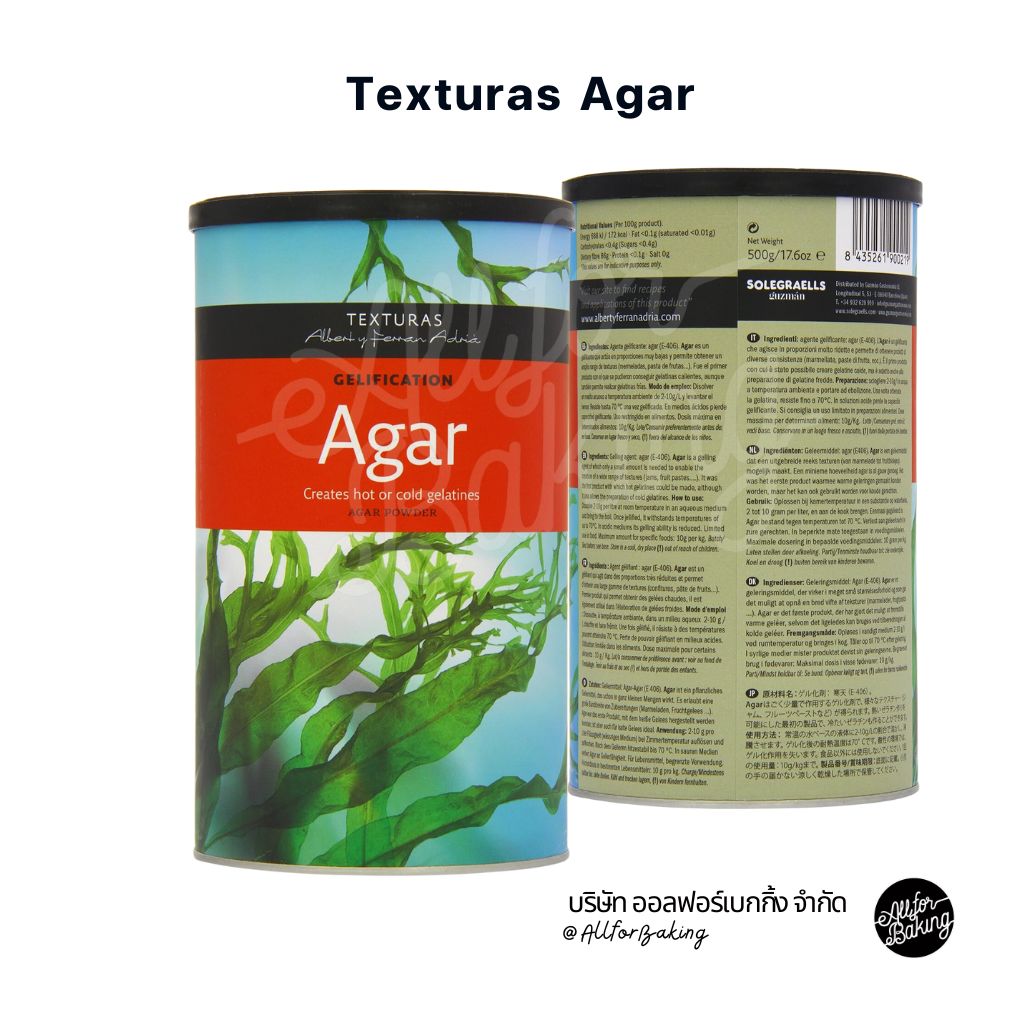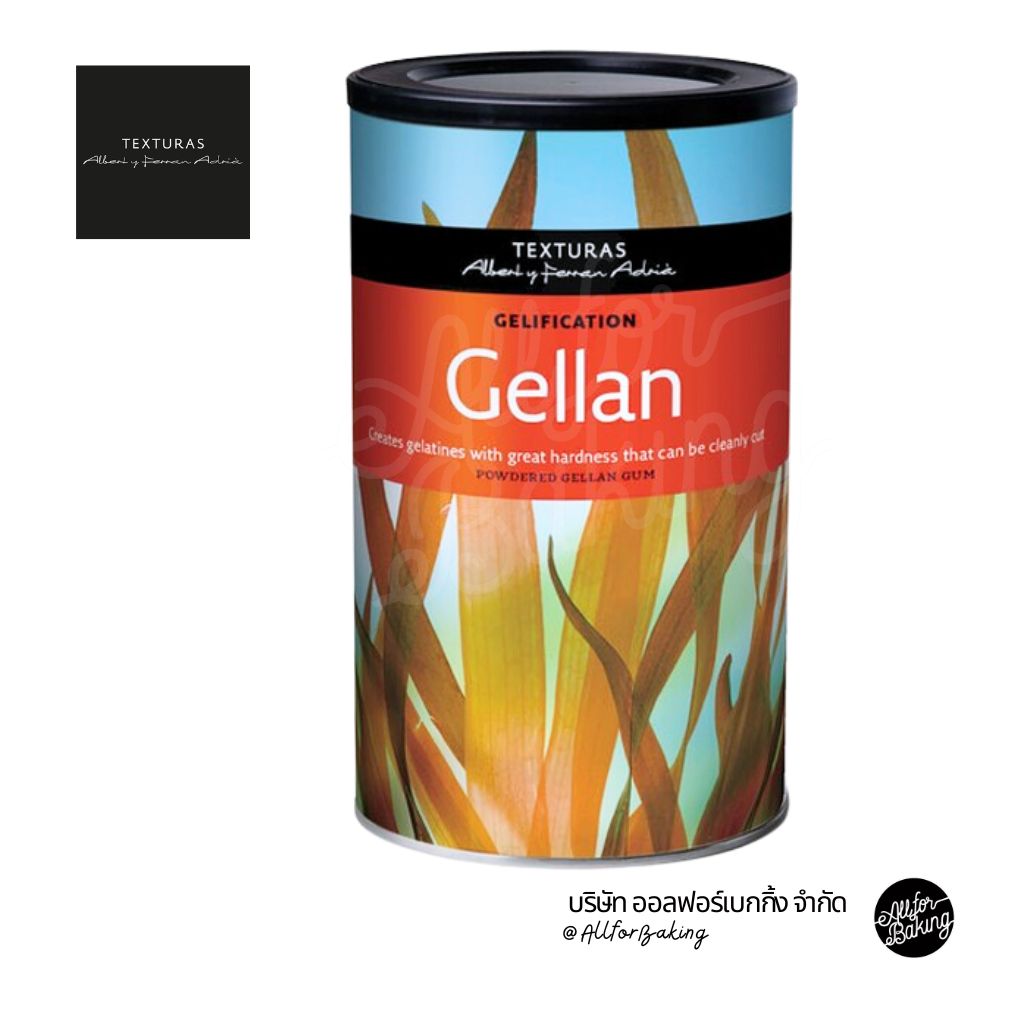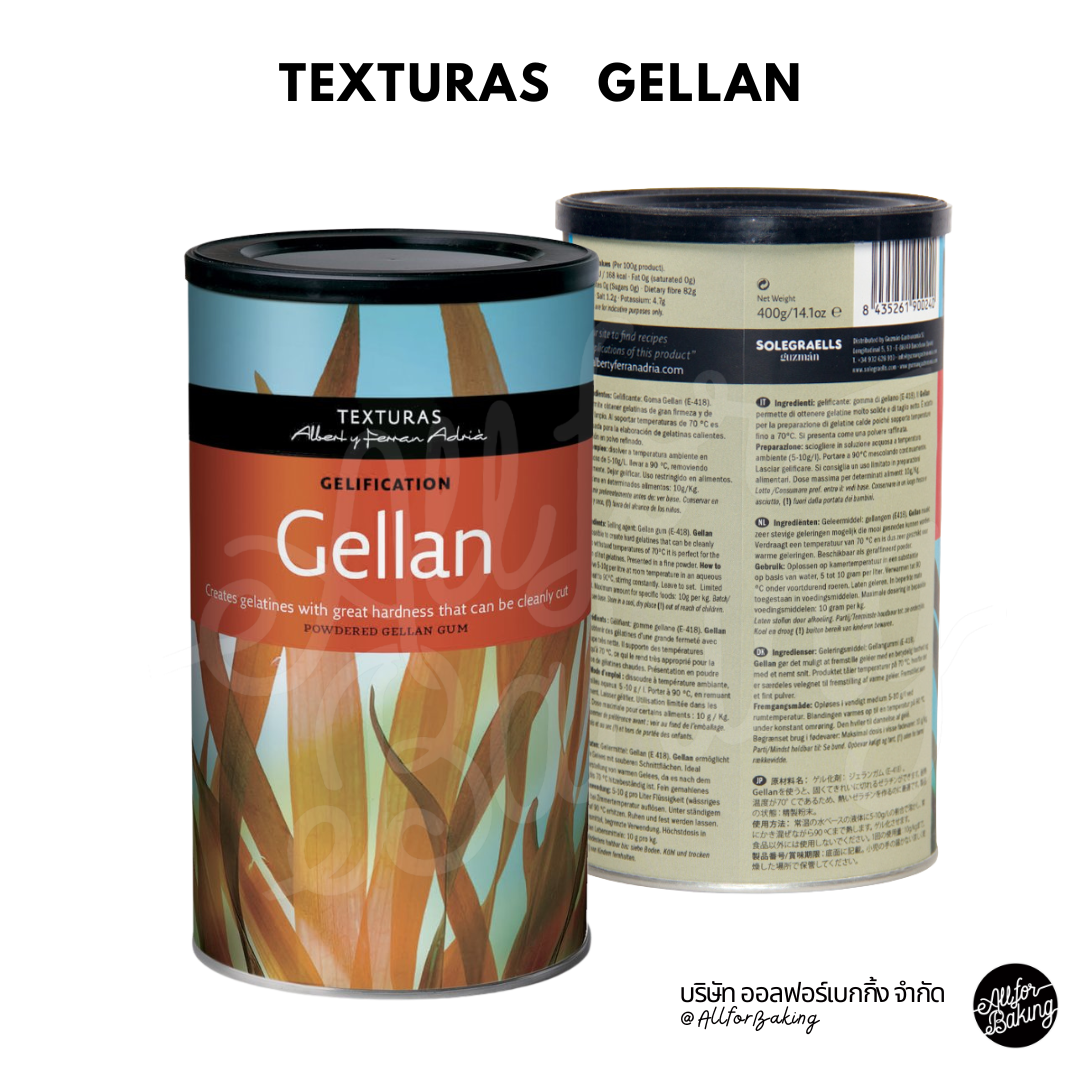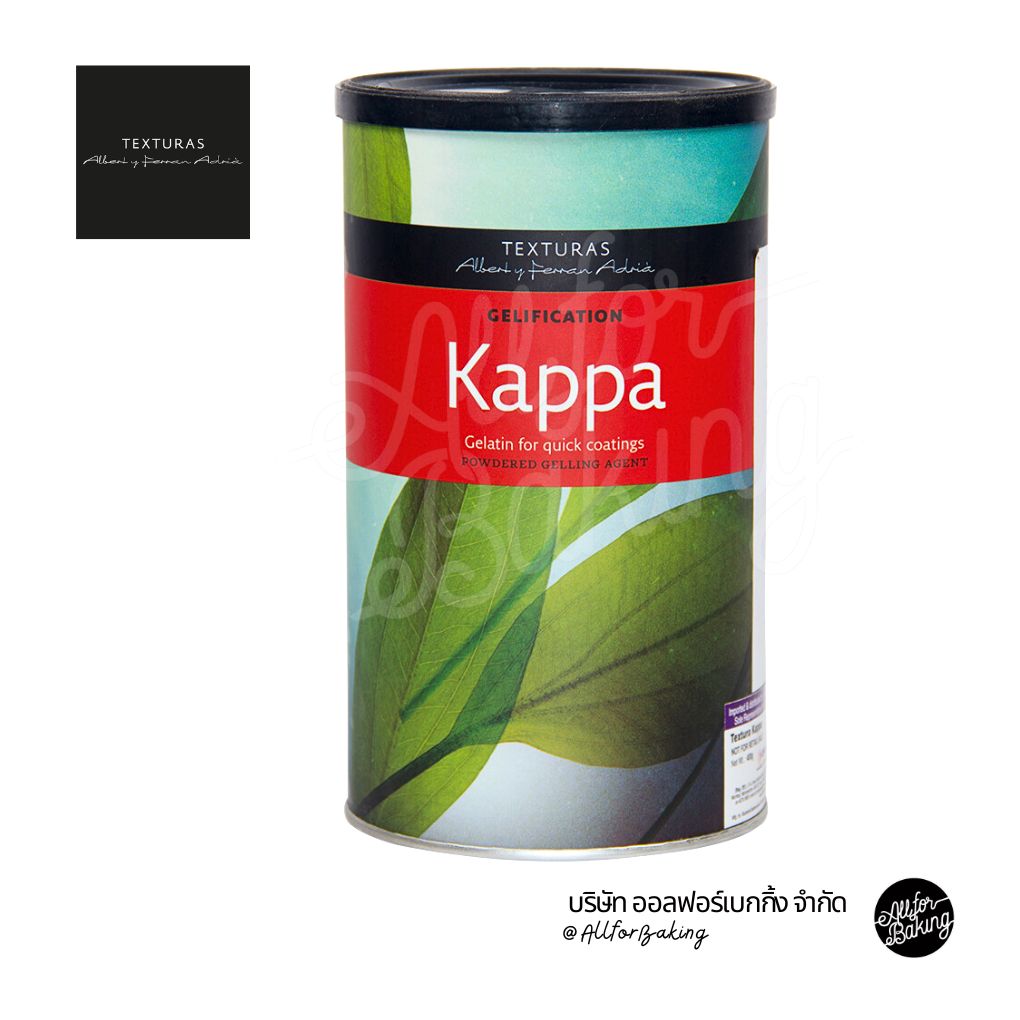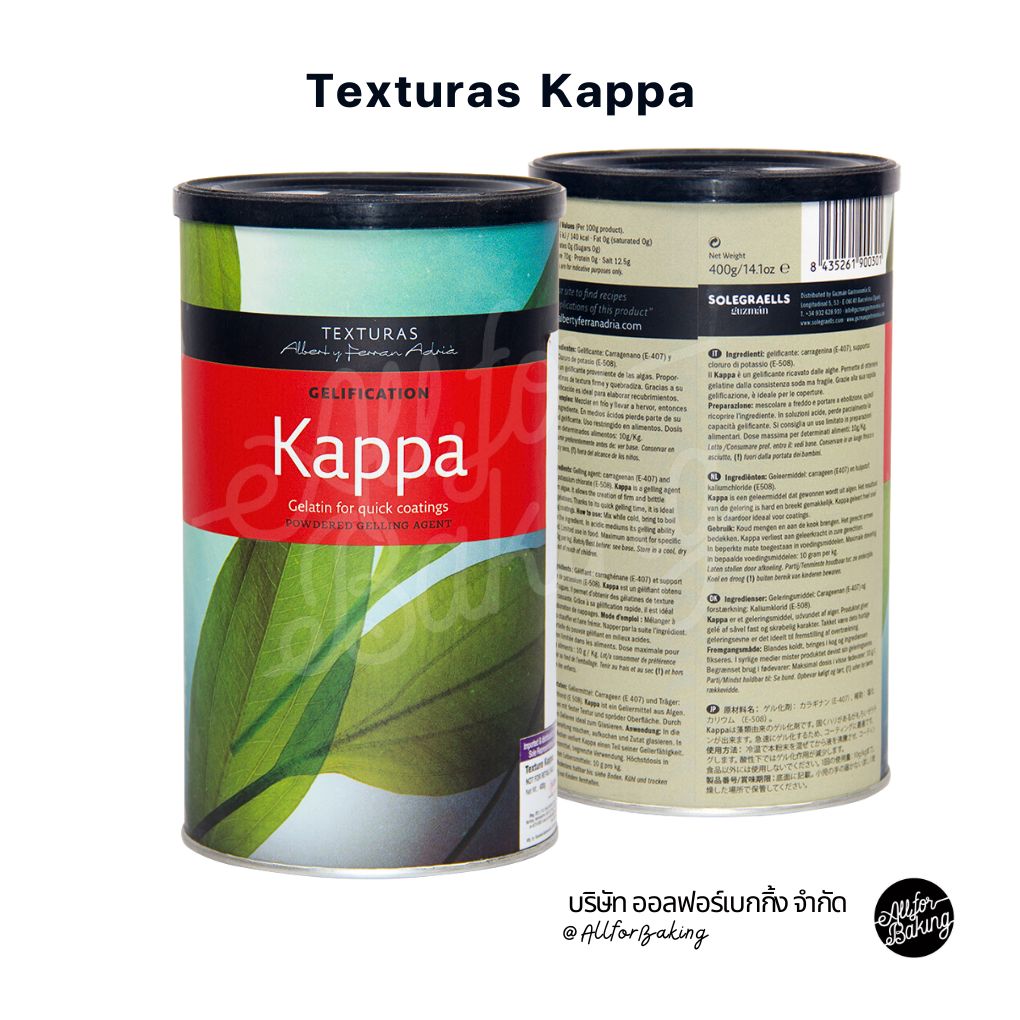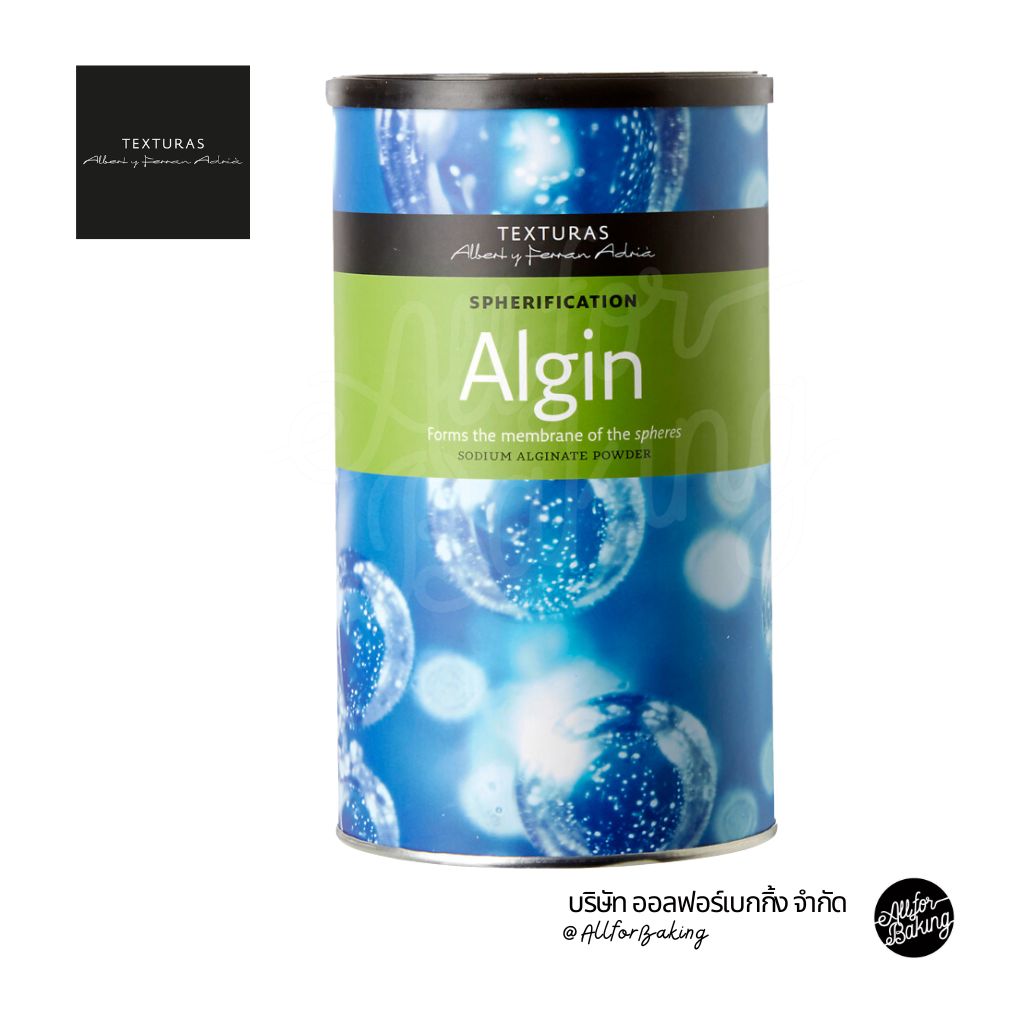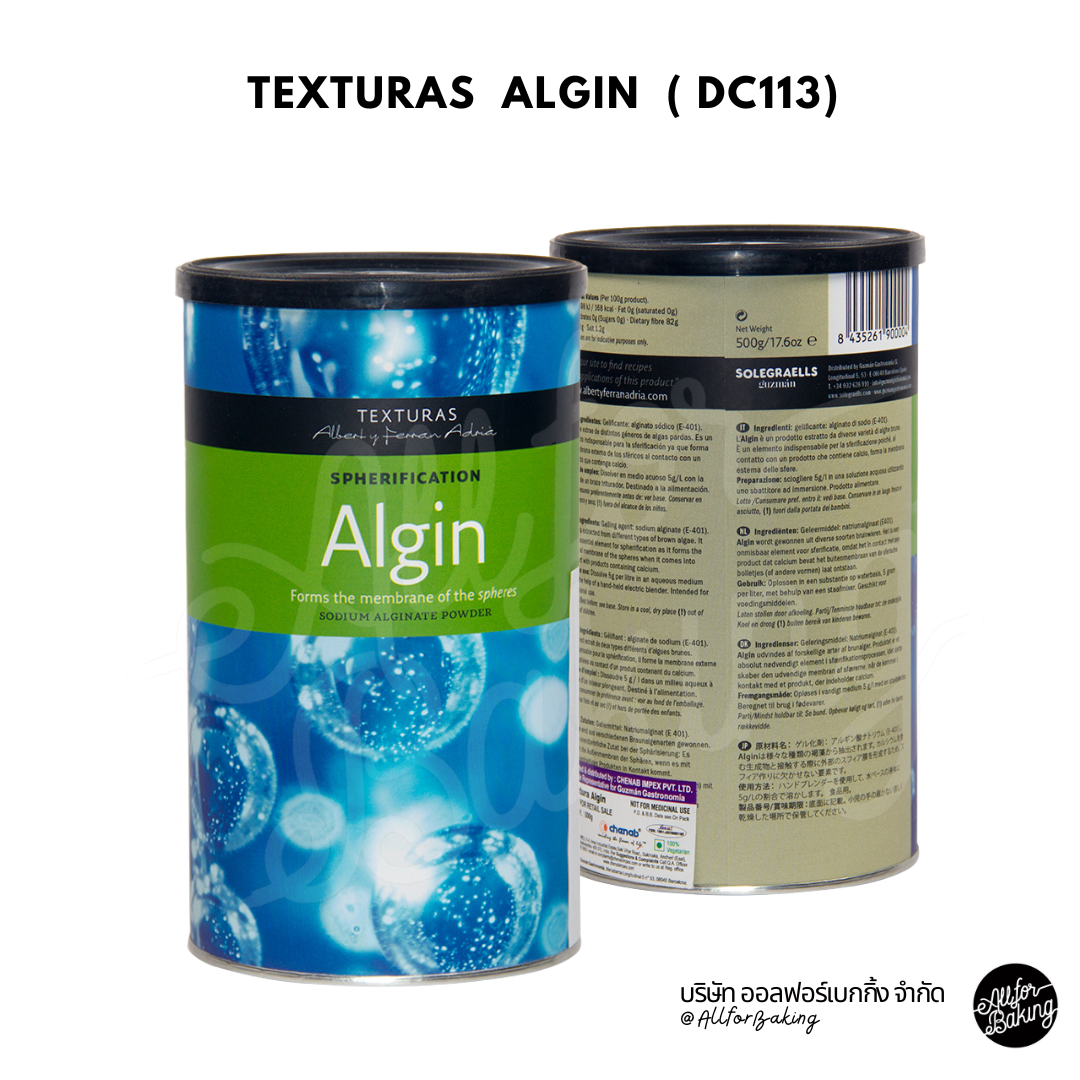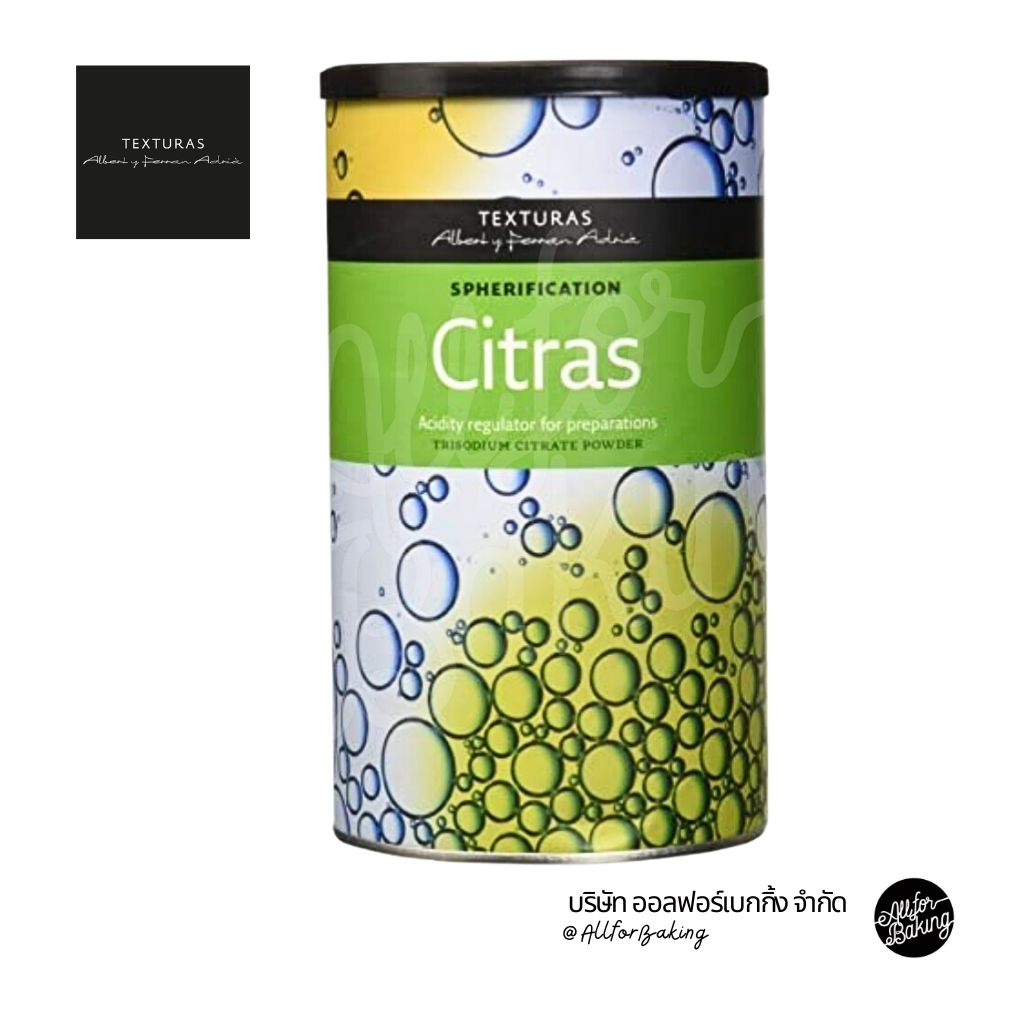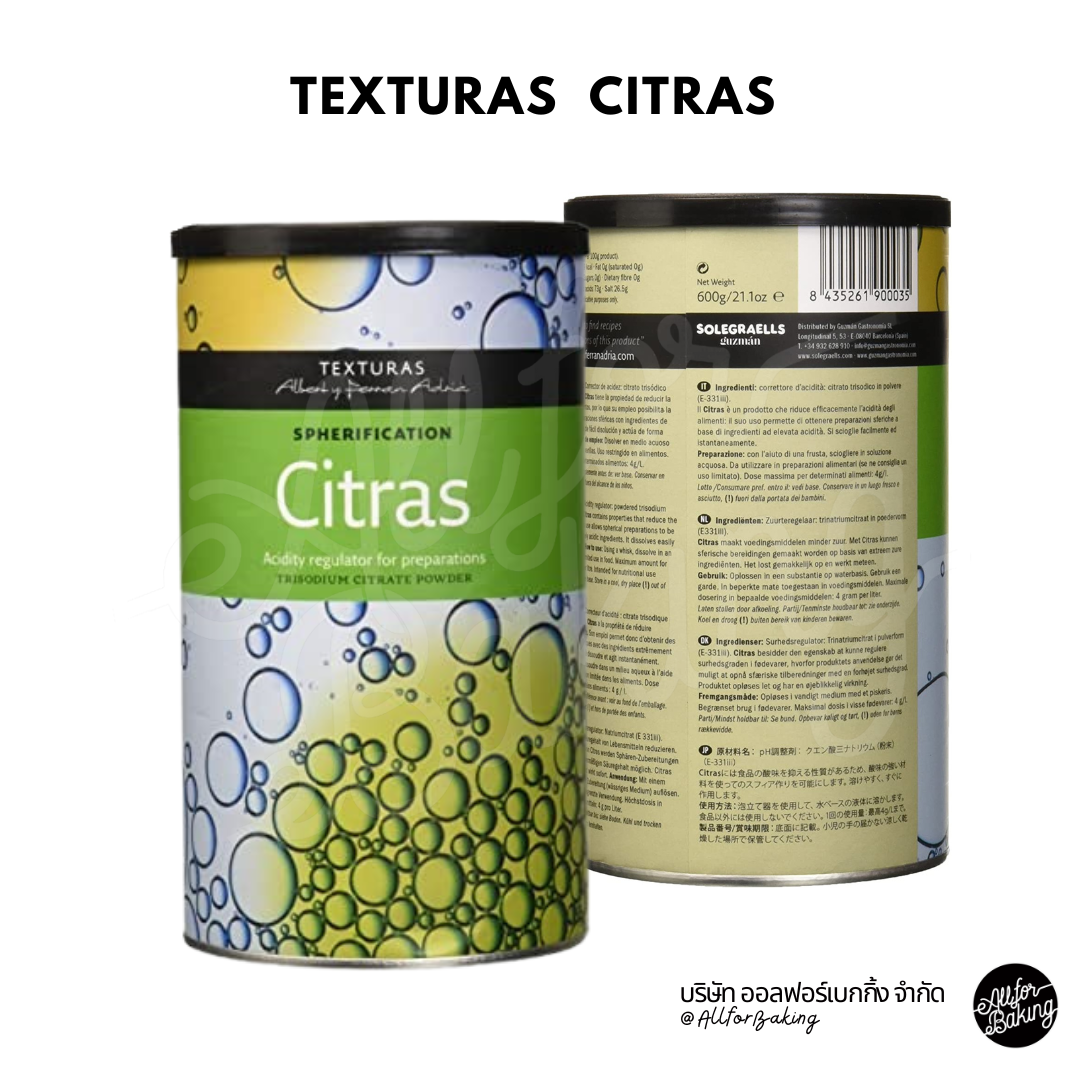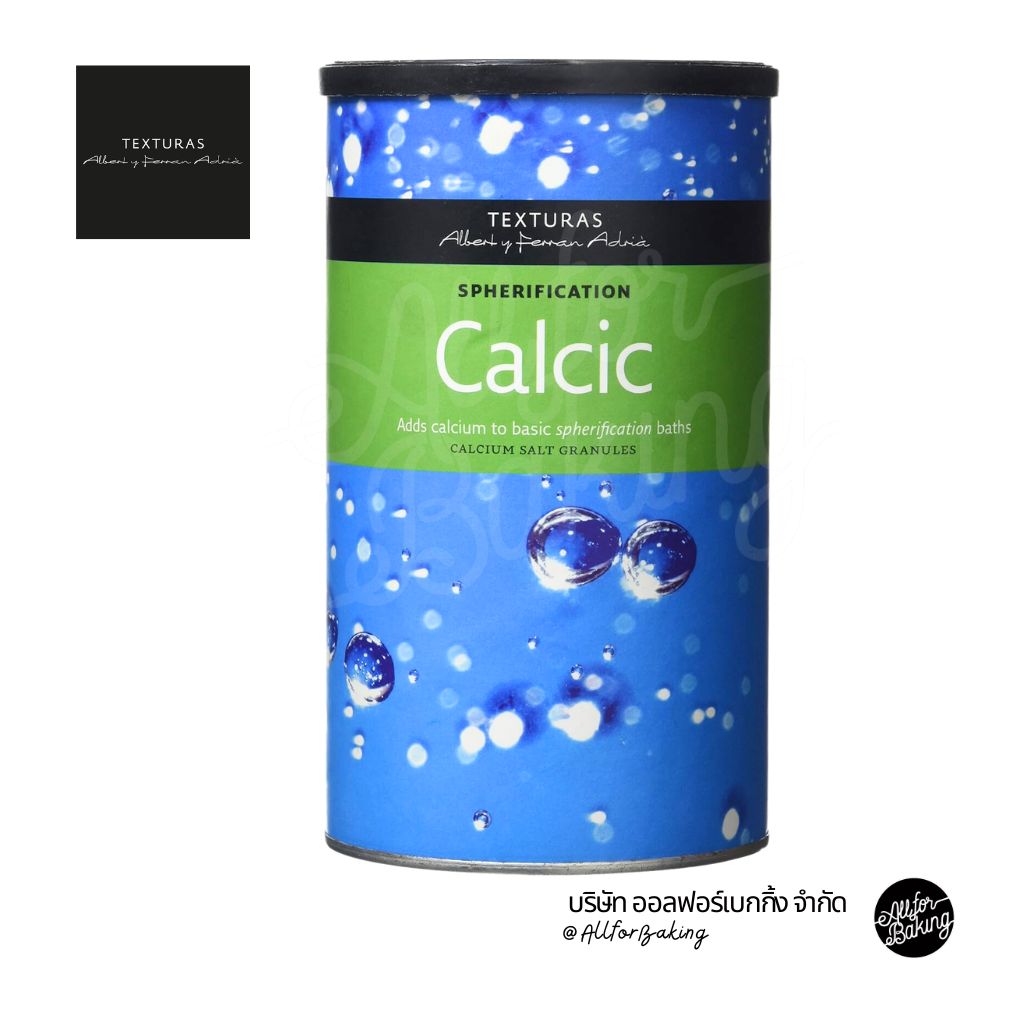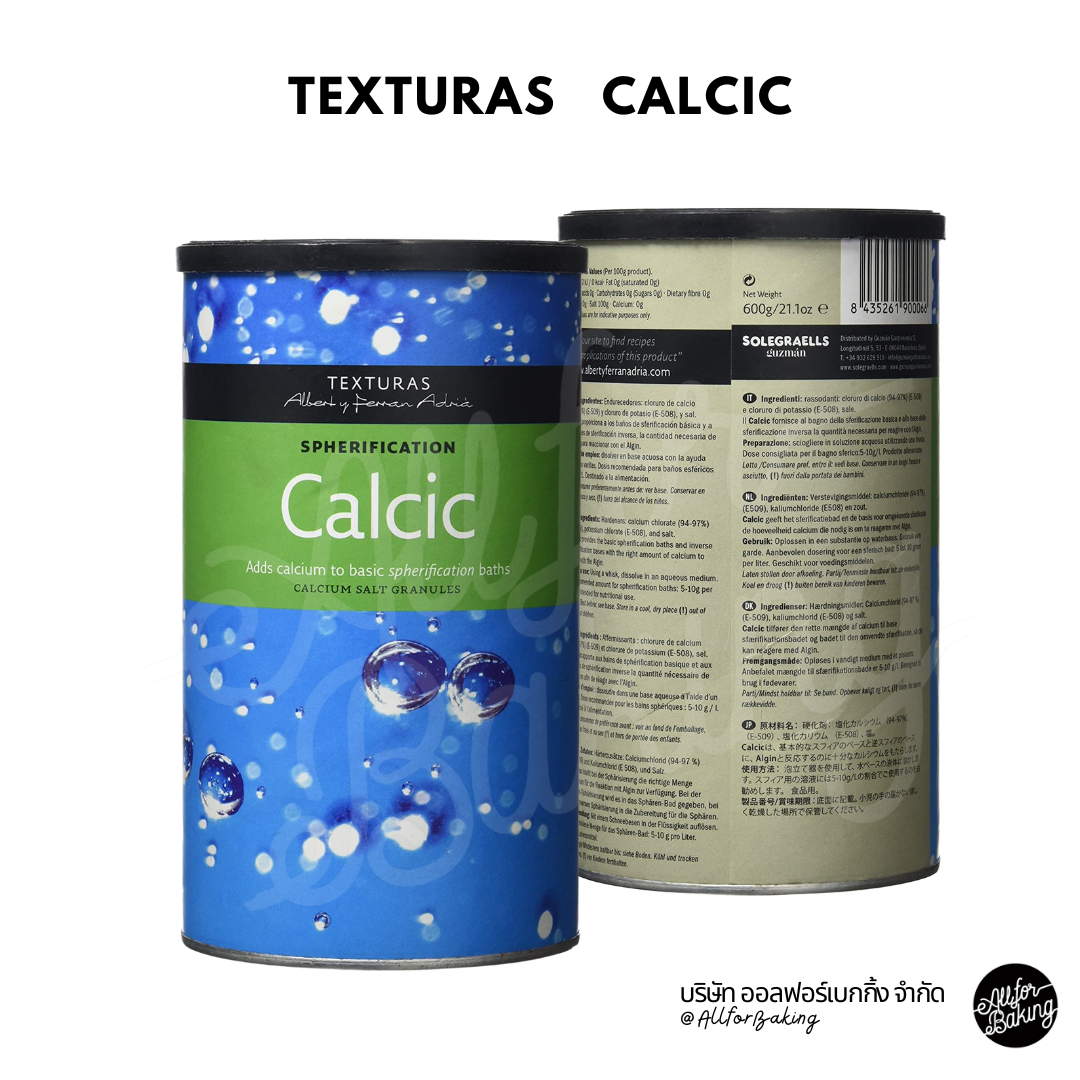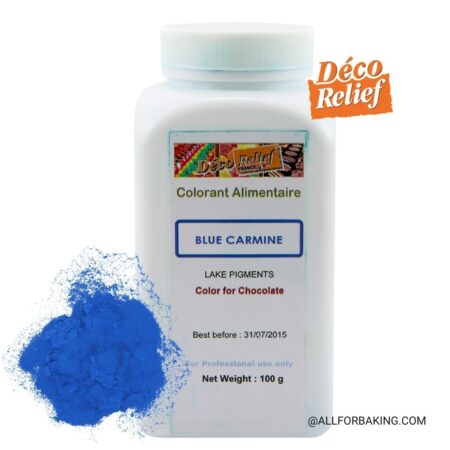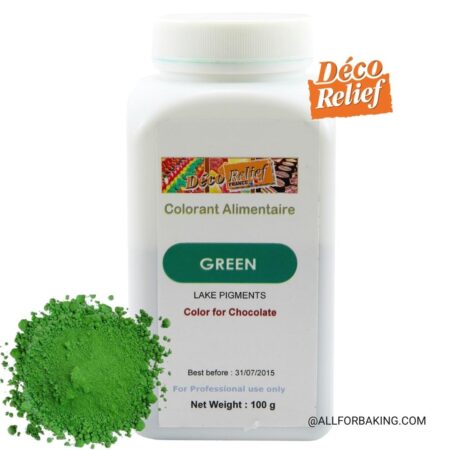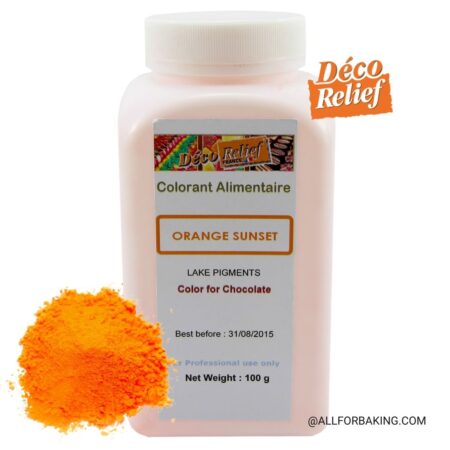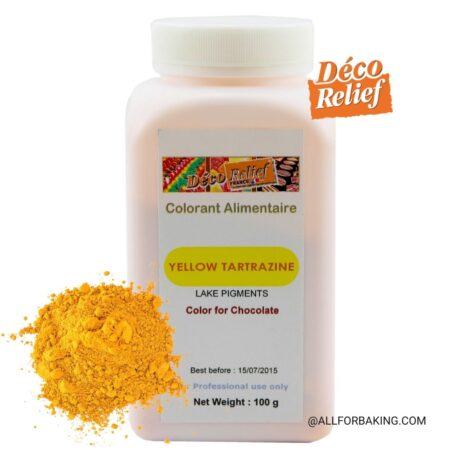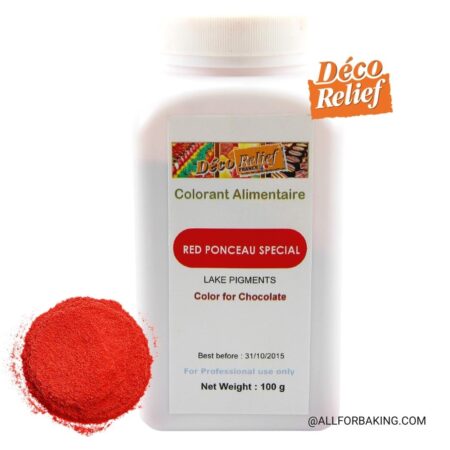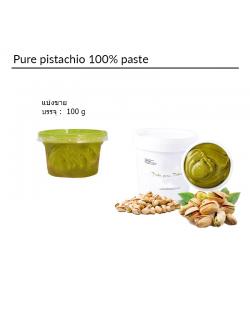-
Emulsification
Emulsionante derivado de la sacarosa, obtenido a partir de la reacción entre la sacarosa y los ácidos grasos (sucroéster). Es un producto muy utilizado en Japón. Debido a su elevada estabilidad como emulsionante se emplea para preparar emulsiones del tipo aceite en agua. Es un producto afín al agua, por lo que primero se debe disolver en el medio acuoso. Posee además propiedades aireantes.
Características:
- Presentación en polvo.
- Insoluble en medio graso.
- Gel blando que no se forma mientras se va agitando la mezcla.
- Se disuelve en medio acuoso sin necesidad de aplicar temperatura, aunque con calor la disolución es más rápida.
- Una vez realizada dicha disolución, debe añadirse lentamente al medio graso
฿670.00 – ฿3,500.00weight : 100 g - 600 g. -
Gelification
Extracted from a type of red algae (of the Gelidium and Gracilaria genera), AGAR is a gelling agent used in Japan since the 15th century. In 1859, it was introduced to Europe as a characteristically Chinese food, and at the start of the 20th century it began to be used in the food industry. It is a source of fiber and can form gels in very small proportions. It can be used to make hot gelatins.
Characteristics:
- Presented in a refined powder.
- Mix while cold and bring to a boil.
- Gelification is fast.
- Once gelled, it can withstand temperatures of up to 80 °C (hot gelatin).
- Allow it to rest for correct gelification.
- In acidic mediums, it loses part of its gelling capacity.
฿2,550.00weight : 100 g - 400 g -
Gelification
A very recently discovered (1977) gelling agent obtained from the fermentation of Sphingomonas elodea bacteria. Depending on the production method, there are two different types of gellan. This sample is firm gellan. Gellan allows us to obtain a firm gel that slices cleanly and withstands temperatures of 90 °C (hot gelatin).
Characteristics:
- Presented in a refined powder.
- Heat to 85 °C, then allow to cool to achieve the gelifying effect.
- It loses its gelling capacity in concentrated saline solutions
฿1,150.00 – ฿3,750.00weight : 100 g - 400 g -
Gelification
A gelling agent extracted from a type of red algae (mainly from Chondrus and Eucheuma genera). It is a carrageenan, a name originating from Carragheen, Ireland, where these algae have been used for more than 600 years. In the mid 20th century, this “Irish moss” started to be produced industrially as a gelling agent. Kappa produces a gel with a firm, brittle texture.
Characteristics:
- Presented in a refined powder.
- Mix while cold and bring to a boil.
- Its rapid gelification allows us to cover an ingredient.
- Once gelled, it can withstand temperatures of up to about 60 °C.
- In acidic mediums, it loses part of its gelling capacity.
฿2,500.00weight : 100 g - 400 g -
Spherification
A natural product extracted from brown algae (of Laminaria, Fucus, and Macrocystis genera, among others) that grow in cold water regions of Ireland, Scotland, North and South America, Australia, New Zealand, South Africa, etc.
Depending on the part of the algae that has been refined, the texture and Calcic reactivity of each alginate varies. For this reason, we have selected Algin as the ideal product for achieving Spherification with guaranteed results.
Characteristics:
- Presented in a refined powder.
- Gels in the presence of Calcic.
- Dilutes while cold with strong agitation.
- It need not be heated to produce Spherification.
฿550.00 – ฿2,500.00weight : 100 g - 500 g. -
A product made from sodium citrate, obtained mainly from citrus; it is usually used in the food industry to prevent darkening of cut fruits and vegetables. It has the property of reducing the acidity of foods, and using it makes it possible to achieve spherical preparations with strongly acidic ingredients. Dissolves easily and acts instantaneously.
Characteristics:
- Presented in a refined powder.
- Highly water soluble.
฿230.00 – ฿1,300.00weight : 100 g - 600 g. -
Spherification
This product is a calcium salt traditionally used in the food industry, for example in cheese making. Calcic is essential in the reaction with Algin that produces Spherification. It is the ideal reactant for its high water solubility, considerable calcium content, and consequently great capacity for producing Spherification.
Characteristics:
- Presented in granules.
- Highly water soluble.
- Great moisture absorption capacity.
฿350.00 – ฿1,770.00weight : 100 g - 600 g. -
฿215.00weight : 100 gattribute : เพลสและพราลีนถั่วต่างๆunit : กระปุกunit weight : 100 gpackaging : แบ่งขาย



